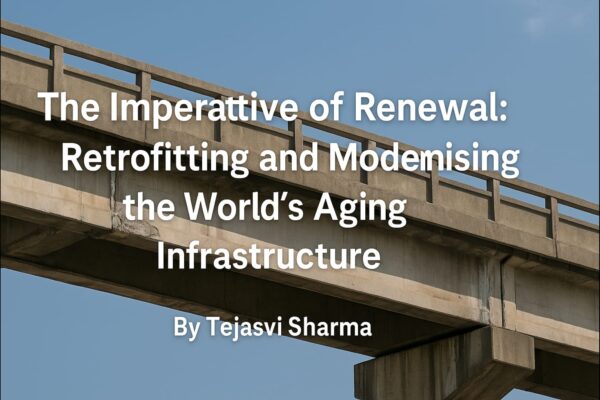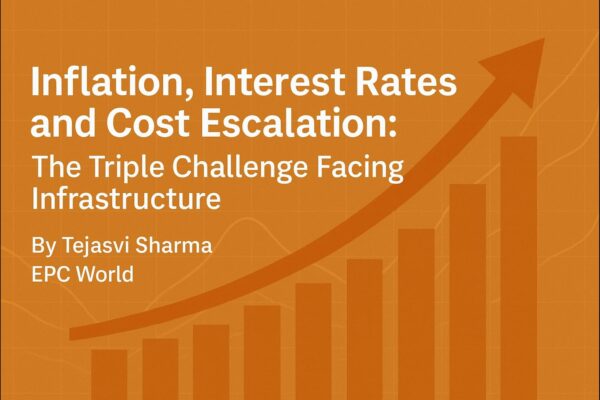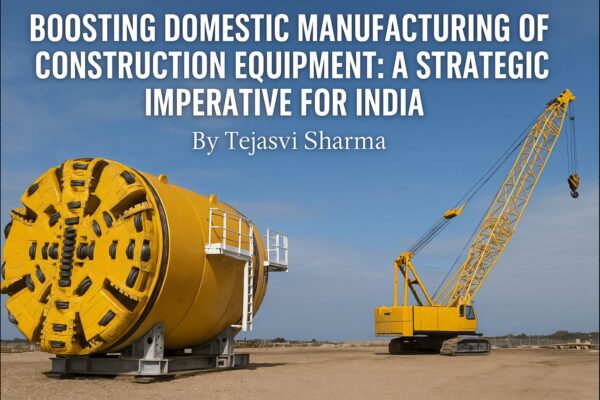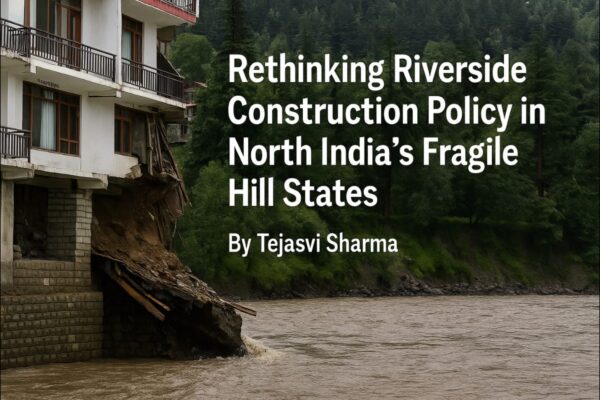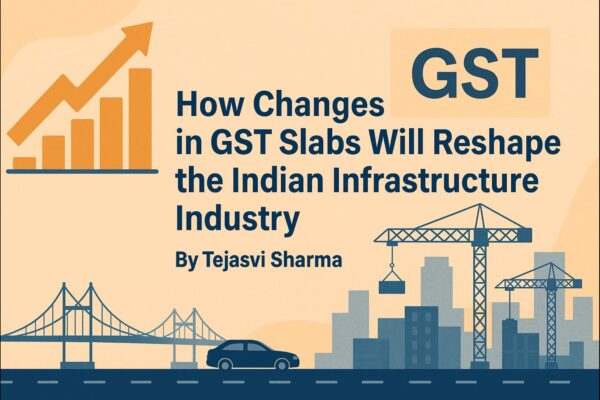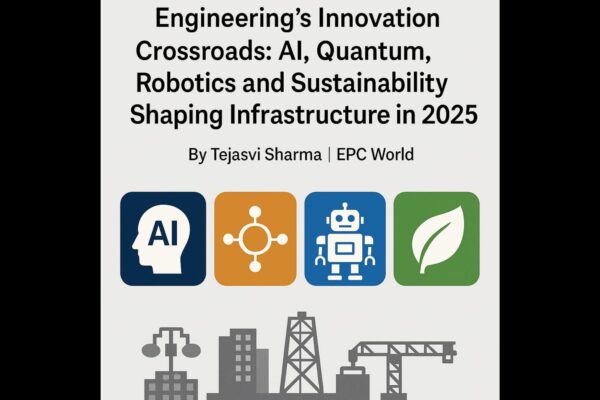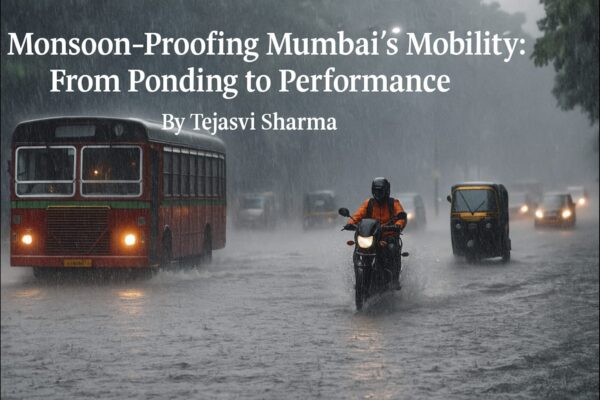Bihar’s Infrastructure Renaissance: Assessing Nitish Kumar’s Five-Year Developmental Arc
by Tejasvi Sharma, Editor-in-Chief, EPC World
Over the past five years, Bihar has embarked on a determined infrastructural renaissance under the stewardship of Chief Minister Nitish Kumar. Once synonymous with underdevelopment and outmigration, the state is today attempting to script a new narrative – one anchored in connectivity, power reliability, urban transformation, and industrial readiness. Kumar’s governance has placed infrastructure not merely as an administrative agenda but as the bedrock for economic rejuvenation and social mobility.
Highways and Arteries of Growth
The most palpable change in Bihar has been the metamorphosis of its road networks. The state, in collaboration with the National Highways Authority of India and through the Bihar State Road Development Corporation, has advanced the construction and widening of highways that bind districts and integrate remote regions with commercial corridors.
The Patna–Gaya–Dobhi four-lane corridor, strategic stretches of NH-31 and NH-57, and a strengthened lattice of rural roads under the Mukhya Mantri Gram Sampark Yojana have transformed mobility. The reduced travel time has facilitated agricultural supply chains, invigorated local commerce, and created secondary employment, thereby bridging the rural-urban divide.
Bridging the Ganga’s Divide
Geography has long been Bihar’s bane, with the Ganga and its tributaries severing economic cohesion. Kumar’s government prioritized bridging this divide – literally. The under-construction Kacchi Dargah–Bidupur Bridge, poised to become one of India’s longest river bridges, promises to relieve the overstressed Gandhi Setu. The latter’s renovation, now completed, has already alleviated decades of logistical gridlock. Simultaneously, bridges over the Kosi and Gandak have folded previously isolated districts into the state’s economic bloodstream, mitigating historic regional imbalances.
Urban Modernisation: Cities in Transition
Patna, Gaya, Muzaffarpur, and Bhagalpur have emerged as laboratories of Bihar’s urban aspirations. The Patna Metro Rail Project, the state’s most ambitious venture, is set to recalibrate urban mobility once operational. Complementary smart city interventions in Patna and Muzaffarpur have introduced modern drainage, waste management, and urban lighting systems, making these cities more livable and investment-friendly.
In addition, affordable housing drives under the Pradhan Mantri Awas Yojana and state-backed schemes have extended a measure of inclusivity, addressing the housing deficits of the urban poor while laying the foundation for orderly real estate expansion.
Power: From Deficit to Dependability
A defining shift has occurred in Bihar’s power landscape. Villages that once languished in darkness now enjoy sustained electricity supply, the product of feeder separation projects, grid strengthening, and joint ventures with NTPC.
Kumar’s administration has also embraced renewable energy. Solar parks and rooftop installations have proliferated, both diversifying supply and aligning Bihar with India’s decarbonisation commitments. Stable electricity has catalysed small-scale industry, improved agrarian productivity, and enhanced the quality of life across both urban and rural geographies.
Water and Irrigation: Taming Nature, Sustaining Agriculture
In a state oscillating between floods and droughts, water management has assumed existential urgency. Embankment modernisation, canal rejuvenation, and desilting of reservoirs have bolstered irrigation resilience. The flagship Har Ghar Nal Ka Jal programme has brought potable water into millions of rural homes, transforming health and sanitation outcomes.
Parallelly, inland waterways along the Ganga are being harnessed as an alternative logistics spine. With National Waterway-1 traversing Bihar, the state is positioning itself as a potential multimodal freight hub, capable of slashing logistics costs and enhancing competitiveness.
Industrial Foundations: Seeds, Not Yet Scale
Despite these strides, Bihar’s industrialisation remains embryonic. Food-processing parks, IT enclaves in Bihta and Patna, and emerging industrial clusters reflect the intent to leverage agrarian surpluses and human capital. Yet, the absence of large-scale manufacturing and service hubs has meant that industrial output and private investment still pale in comparison with developed states.
Employment and Real Estate: The Missing Multipliers
Herein lies Bihar’s paradox: while infrastructure has undoubtedly advanced, its translation into job creation and real estate dynamism remains muted.
Industrial Shallowing: The state has not yet succeeded in luring anchor industries capable of creating sustained employment ecosystems.
Migration Dependence: A significant portion of Bihar’s workforce remains employed outside the state, with remittances buttressing consumption but suppressing in-state demand.
Urban Scale Deficit: Patna remains the lone metropolitan magnet; secondary cities lack the commercial and cultural weight to stimulate large-scale real estate expansion.
Investor Apprehensions: Perceptions of bureaucratic inertia and political volatility still deter transformative investments, limiting the multiplier effects on employment and property markets.
Thus, even as roads, bridges, and power grids expand, Bihar has yet to catalyse the virtuous cycle of infrastructure-led industrialisation witnessed in states like Gujarat or Maharashtra.
Conclusion: Foundations without Finality
The past five years have positioned Bihar on a markedly different trajectory from its past. Roads are smoother, bridges are sturdier, electricity more dependable, and cities more ambitious. For the common citizen, the developmental shift is tangible: reduced travel time, brighter homes, and better civic services.
Yet, infrastructure is but the skeleton of development; the muscle lies in jobs, industries, and thriving urban economies. Nitish Kumar’s stewardship has given Bihar the skeleton it long lacked. The pressing challenge of the coming decade will be to flesh it out – to convert concrete into commerce, highways into industries, and bridges into opportunities. Only then will Bihar’s infrastructural renaissance evolve into a holistic economic transformation.
Tags






